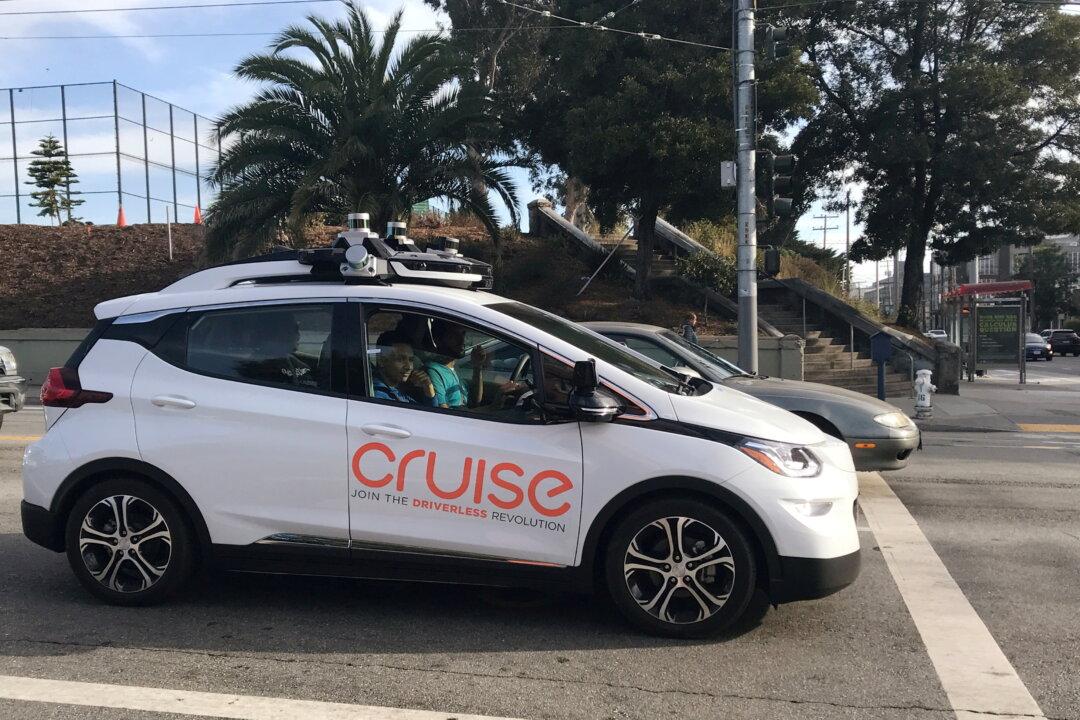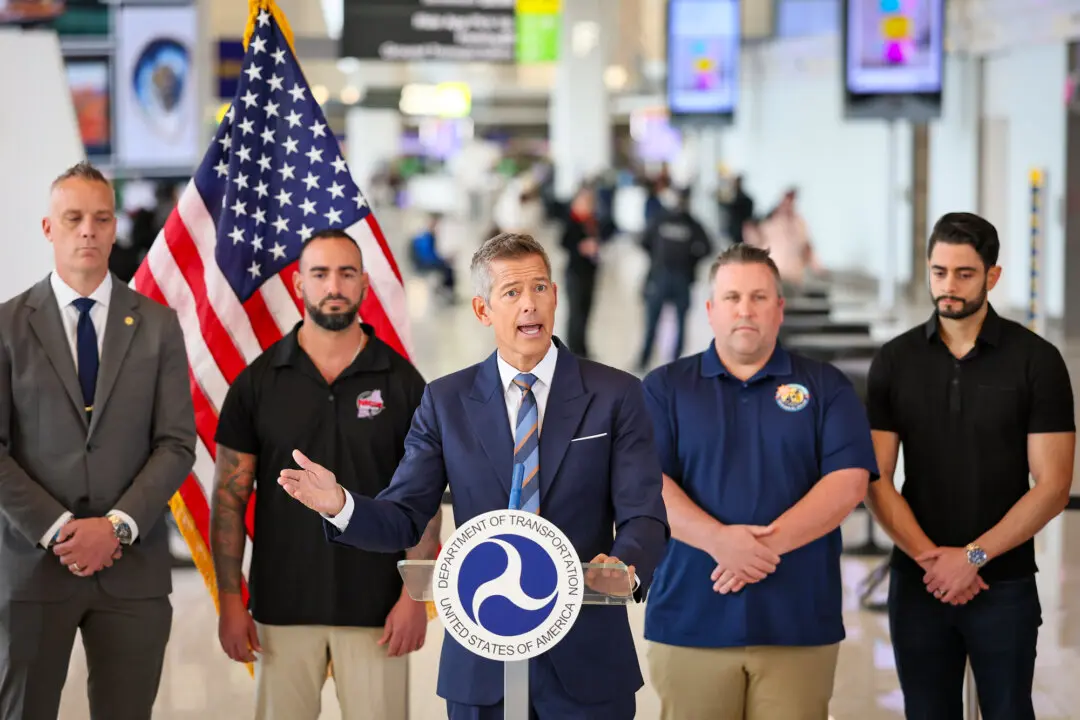A woman who was in an accident involving an autonomous vehicle (AV) in San Francisco ended up getting trapped under the car and was only rescued after first responders arrived at the site.
The woman was trapped under a driverless car operated by Cruise, a self-driving taxi company based in San Francisco, the San Francisco Chronicle reported.





